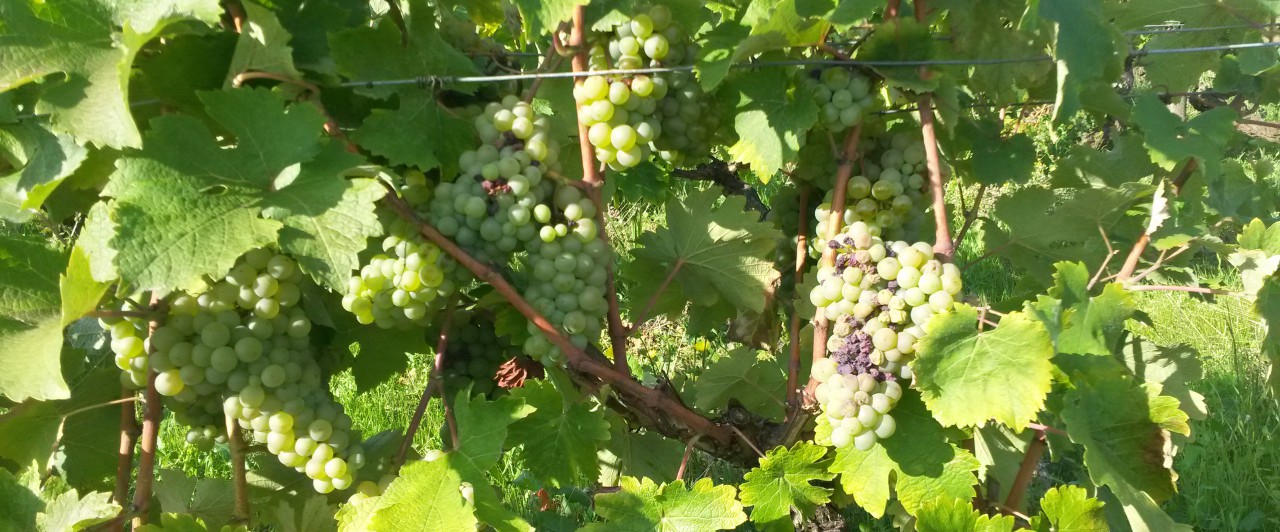Why do bodies promoting German and Alsace wines feel the need to reassure their potential customers that ‘most of their wines are nowadays dry’ or statements of a similar nature? I know that labelling still confuses some consumers to a degree that they inadvertently buy off-dry wines instead of dry ones. I also know the flood of Liebfraumilch that reached the UK in the 1970’s and 1980’s did little for the reputation of either off-dry wines or German wines (and wines in similar shaped bottles) in general. And although I am a big fan of the dry Grosses Gewachse (German equivalent of Grand Cru) I don’t mind a little bit of sweetness in my wine, as long as it there naturally and nicely balanced with acidity.
Sweetness, or the perception of sweetness on the palate, is all to do with the balance between sugar and acid in a wine. Up to 10 grams of sugar per litre in a wine can be completely camouflaged by acidity. Such a wine will taste, despite the sugar, completely dry. The sugar might manifest itself through a certain roundness and body in the wine, but not through perception of sweetness on the palate.

All wine starts its life as a sweet liquid, as without sugar the yeast would not have anything to eat. During fermentation the yeast will consume the sugar and convert it into alcohol and carbon dioxide. If after the fermentation any sugar is left it is called residual sugar and if it isn’t obscured by acidity the wine will taste sweet. Now it is quite easy to make sweet wine by interfering during the fermentation. Chilling the fermenting wine or adding high strength alcohol to it (as done in fortified wines like Port) will instantly stop the yeast from working and leave the wine with residual sugar.
Sweet wine is created in a natural way when fermentation stops before all the sugar is used up because the alcoholic strength of the wine becomes too high for the yeast to survive (around 16-18%) Or sometimes the yeast will just spontaneously stop fermenting. This is more likely to occur when the yeast is from a strain naturally occurring in the cellar and not one of the very reliably fermenting commercially available strains, as natural yeast are much more fickle. When fermentation stops prematurely it is possible to get it restarted, but usually comes at the price of changes in taste. It is also possible to encourage fermentation that is threatening to get stuck by yeasting or warming in order to get a dry finish. Even after a wine gets stuck in fermentation and finishes with 10+ grams of residual sugar blending with lots that did finish dry can still produce a dry end product. My colleague Lars Carlberg has written a whole post on these issues in German Riesling on his website and he goes into much more detail than I can here: http://www.larscarlberg.com/whats-the-matter-with-grosses-gewachs/. I believe it is generally better to let nature take her natural course; if a wine stops fermenting before it is dry it will just have to be an off-dry wine. It will be a much more balanced wine and also a true reflection of the vintage and terroir. Such wines can be absolutely delicious and I have often converted dry-wine fanatics to off-dry ones. The often heard expression at such events is: “I don’t like sweet wines, but this is really nice!” It is all about balance.
Some examples:
Zind Humbrecht Riesling Clos Windsbuhl 2009 (£39.00 at Crump, Richmond & Shaw Fine Wines; £36.99 at James Nicholson Wines).
Lovely nose of stonefruit, apple, lime, and chalk. Rich palate with apricots, pear, red apple, and mnerals. This is a powerful and rich wine. The 16 grams per litre of residual sugar are well balanced by the 4.2 grams of total acidity. This still needs time to integrate fully, but it is already very appealing to drink now. It has at least another 10 years of life left in it. A shame that was my last bottle.

Pinot Gris Clos Saint Urbain Grand Cru Rangen de Thann 2009 (£34.50 at James Nicholson Wines)
Pinot Gris is a grape that does not hold its acidity as well as Riesling does in the later stages of the ripening process. It also accumulates sugar much quicker during that time. It is a real task to vinify this dry, and certainly not all sites and vintage are ideal for producing dry Pinot Gris. This wine comes from the volcanic Grand Cru Rangen. It is a huge wine, with 27 grams per litre residual sugar, with 2.9 grams of total acidity. This pushes it almost outside the off-dry and into the sweet category. Yet the intense minerality, smoke, flint, and spice makes it taste drier than it actually is. Also after eight years in bottle some of the sugars have been nicely integrated. Yet this still will go on for at least 15+ years. I had this with a Mexican style spicy tuna wrap – don’t ask why- which was rather nice.

So go on and try an off-dry wine. You might be surprised.
